ANNEX 4:
Full List of Brands Found by Avaaz on Climate Misinformation Videos
What They Haven’t Told You about Climate Change
4Ocean, 4Patriots, Aeromexico, Danone, Decathlon, Ecosia, eToro, Eureciclo, Greenpeace, NIKIN, Universidade Presbiteriana Mackenzie
Climate Change: What Do Scientists Say?
4Patriots, Aeromexico, eToro, 4Ocean, Eureciclo, FinalStraw, Font Vella, Greenpeace, NIKIN, Ottonova, Decathlon, DonaldJTrump.com, Harley Davidson, Maserati, SeLoger, Wenigermiete, Youzu Interactive, Zipcar
The Great Global Warming Swindle - Full Documentary HD
Action Coach, Aricanduva, Cadre Emploi, City of Kawasaki, Code Institute, EPISOD Sports Studio, ATOL Opticians, Café Intención, Ecosia, Eureciclo, Font Vella, Freedom Mentor, Grammarly, Ivory Ella, NIKIN, Aeromexico, Honey, DonaldJTrump.com, Samsung, Showtime network, Sketchers, Versace, Learn to Trade, MyHeritage, Pi Investimentos, Superdry, VUDU, Wenigermiete, Youzu Interactive, Zipcar
The Truth About Global Warming
Arnal Real Estate, Aeromexico, Code Institute, Danone, Decathlon, DonaldJTrump.com, L'Oreal, Lionsgate, Versace, Ecco, 4Ocean, eToro, DrSmile, Eureciclo, Font Vella, German government, Ottonova, Sebrae, Kichler, Learn to Trade, Masterclass, Mon Coach de Golf, Norton 360, Petra Picks, Pi Investimentos, Rehau, SeLoger, Simplifieurs, The Neck Hammock, Weekly Money Multiplier, Youzu Interactive
WHY I SAID GLOBAL WARMING IS THE BIGGEST FRAUD IN HISTORY - Dan Pena | London Real
Acquisitions, Avec elisa, Cadre Emploi, City of Kawasaki, Code Institute, dgachieve.com, Digital Dream Lifestyle, eToro, Golf TV, 4Ocean, DrSmile, Ecosia, Honey, Eureciclo, Interactive Advisors, Font Vella, Aeromexico, Danone, Decathlon, Hyundai, L'Oreal, Learn to Trade, Malui Center, MyHeritage, Hanwha, Instituto Brasileiro de Florestas, NIKIN, Stelara, Pi Investimentos, Superdry, Terra chips, Youzu Interactive, Zipcar
Lord Christopher Monckton - Global Warming is a Hoax
Action Coach, Blue Sky Amazon, Cadre Emploi, City of Kawasaki, Code Institute, eToro, Expert Market, Golf TV, Groupon, JasonLMV.com, Jeff Anderson & Associates, 7-eleven, Learn to Trade, Cathay Pacific, Decathlon, Ethiad Airways, MyHeritage, 4Ocean, American Diabetes Association, Ecosia, Eureciclo, Font Vella, Instituto Brasileiro de Florestas, Ivory Ella, NIKIN, Norrøna Sport, Noom, Pi Investimentos, Harley Davidson, Reserva, SOS children’s villages, World Wildlife Fund, Greenpeace, Stitch Fix, Superdry, Hertz, L'Oreal, Tradenet, Red Bull, Uber, Under Armour, Upwork, Versace, Aeromexico, Bike Itau, Wenigermiete, Westfield, White House Black Market, Youzu Interactive
CIA Whistleblower Speaks Out About Climate Engineering Vaccination Dangers and 911
Fisher Wallace, Hear Clear, Instituto Brasileiro de Florestas, Aeromexico, Carrefour, DonaldJTrump. com, L'Oreal, Nintendo Switch, Telhanorte, Noom, Banque des Territoires, Uber, Blue Sky Amazon, Warner Bros, Code Institute, Ottonova, Save the Children, eToro, Expert Market, Freedom Mentor, Fresh Direct, JasonLMV.com, Learn to Trade, My College Laptop, MyHeritage, Natural Health Reports (.net), Norrøna Sport, Passion Into Profit, Pi Investimentos, Superdry, VUDU, Wenigermiete, Westfield, WPengine, Youzu Interactive



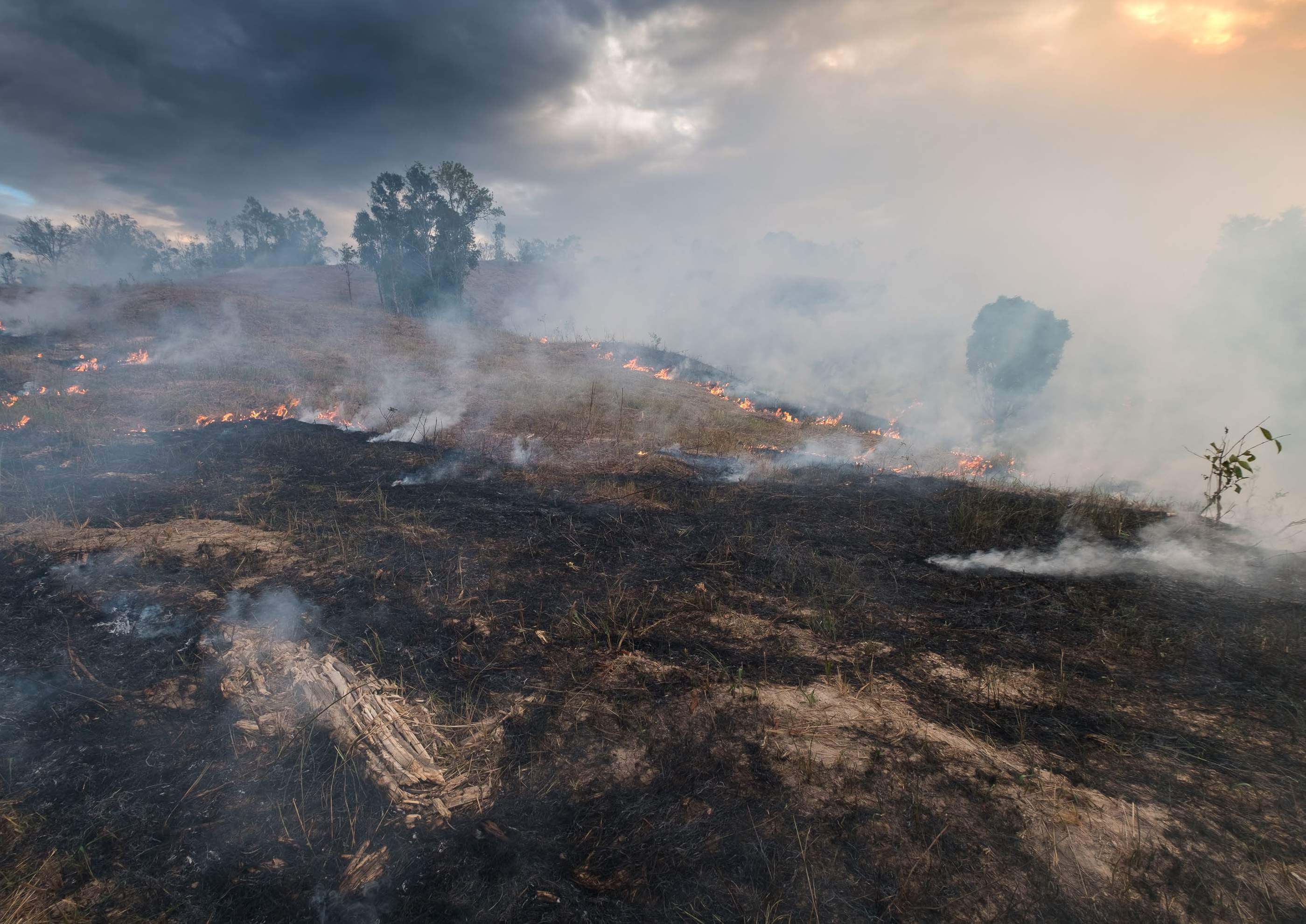
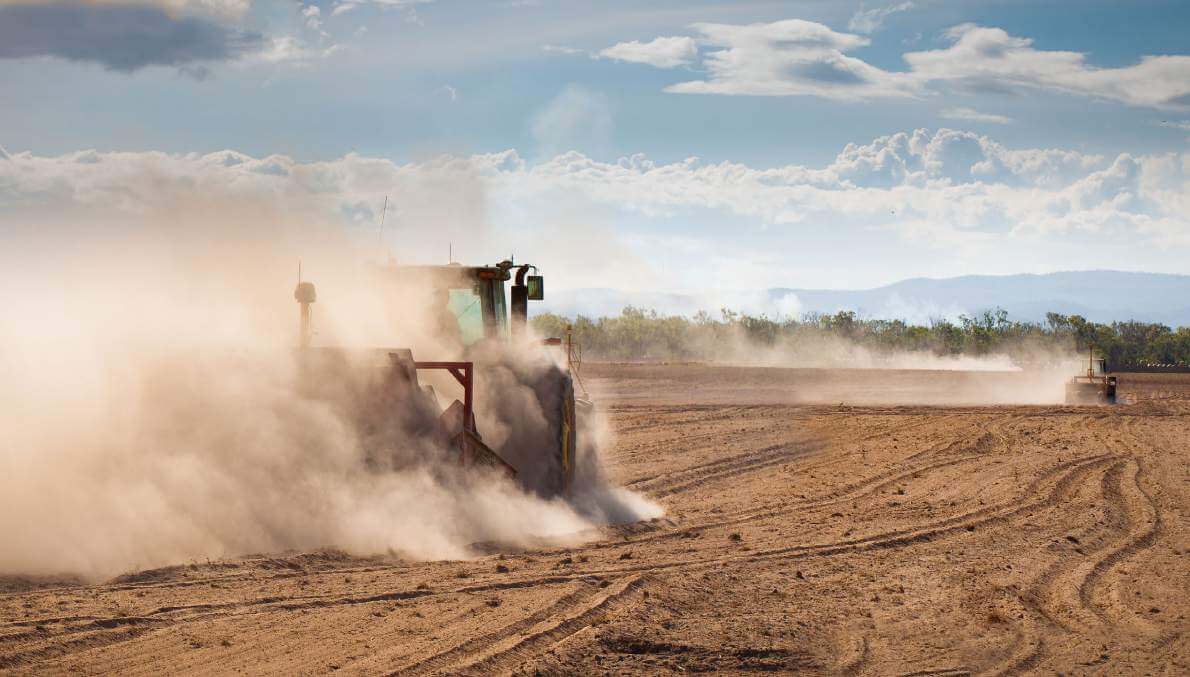
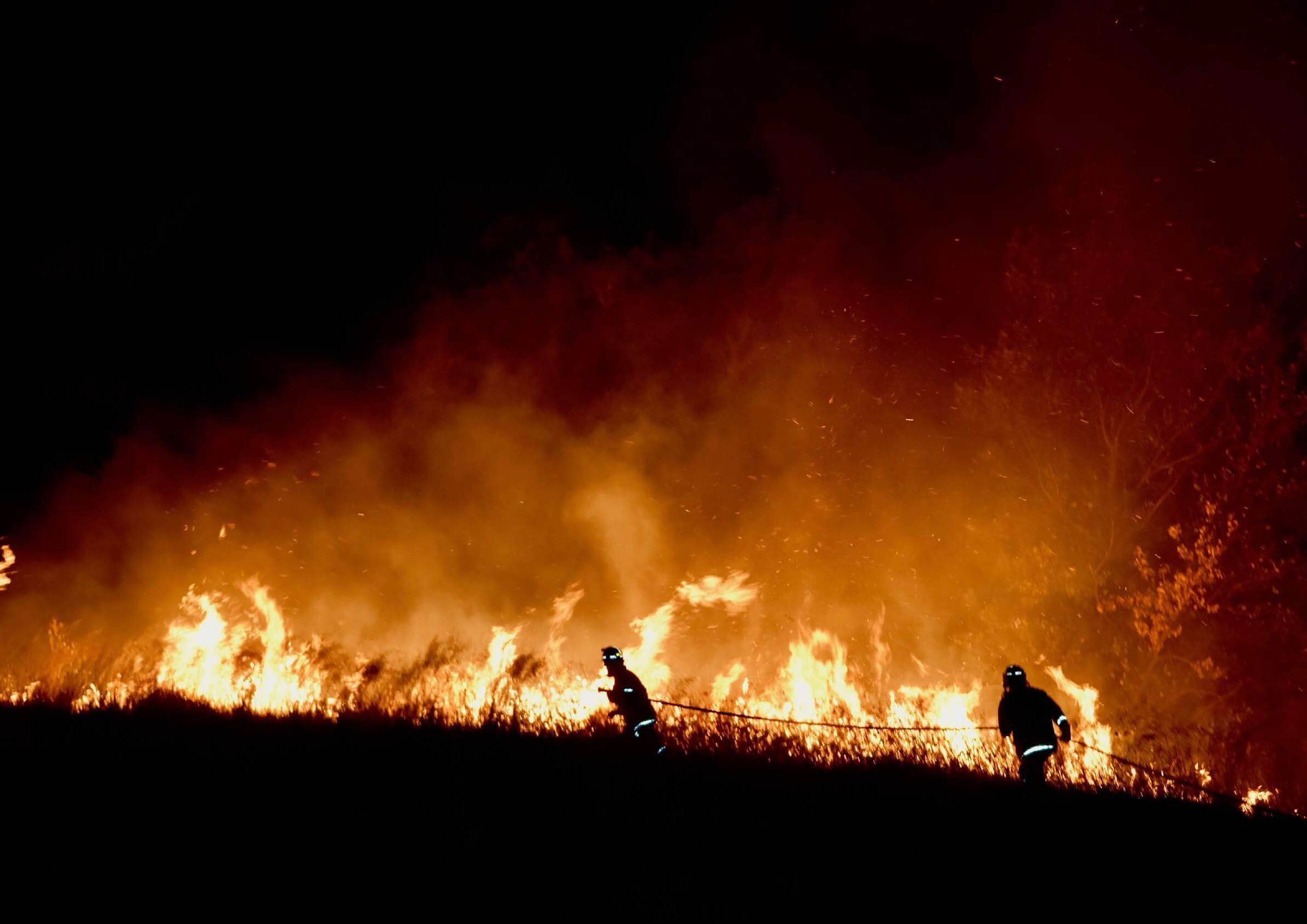
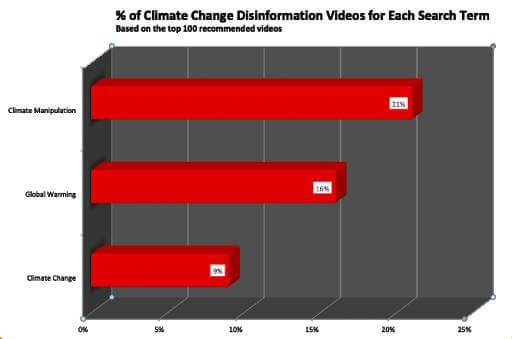
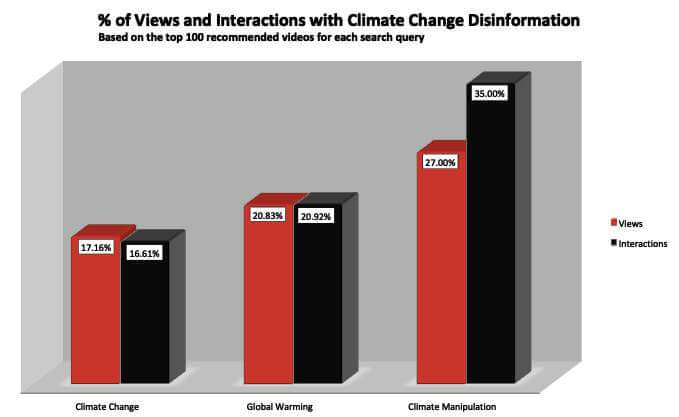

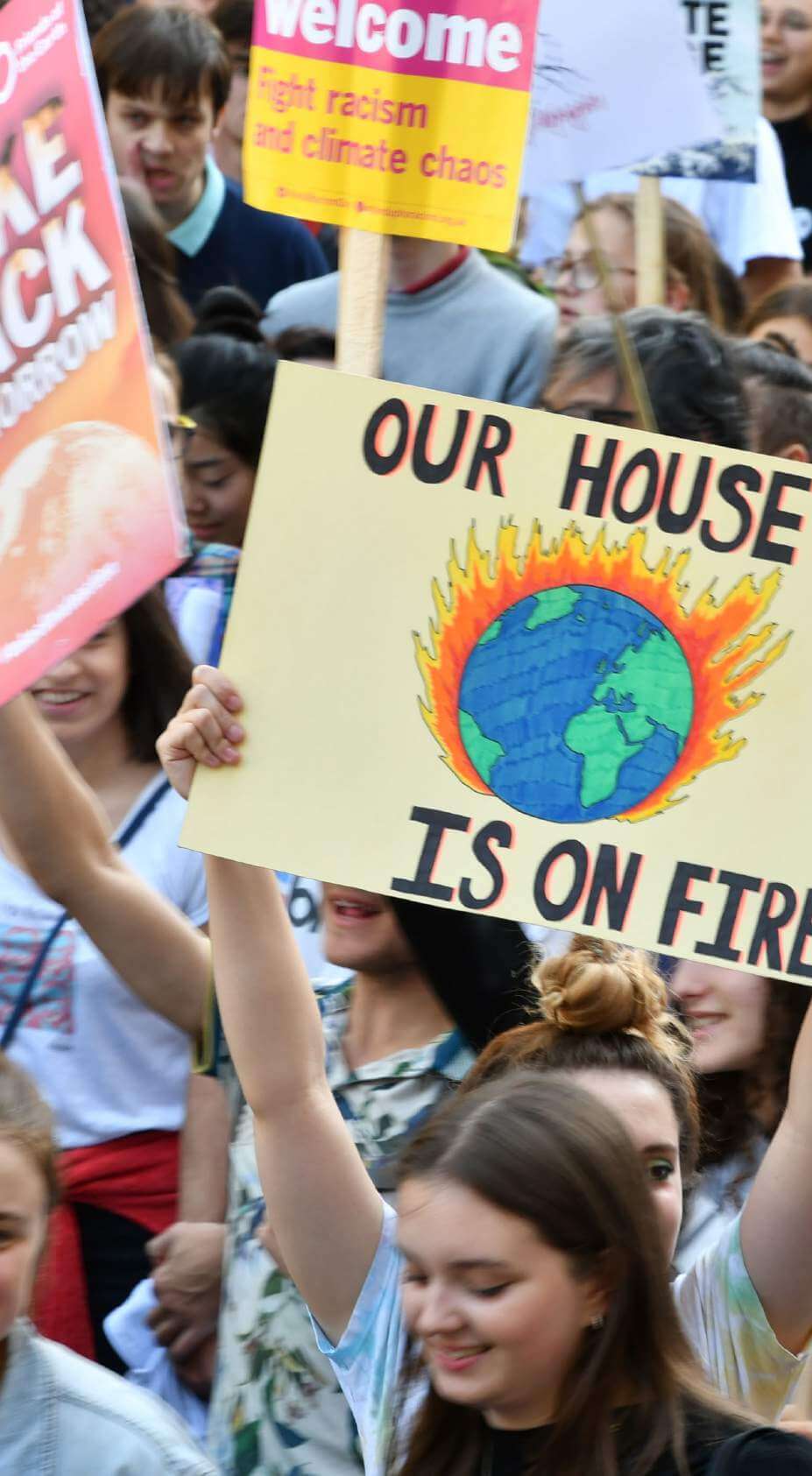

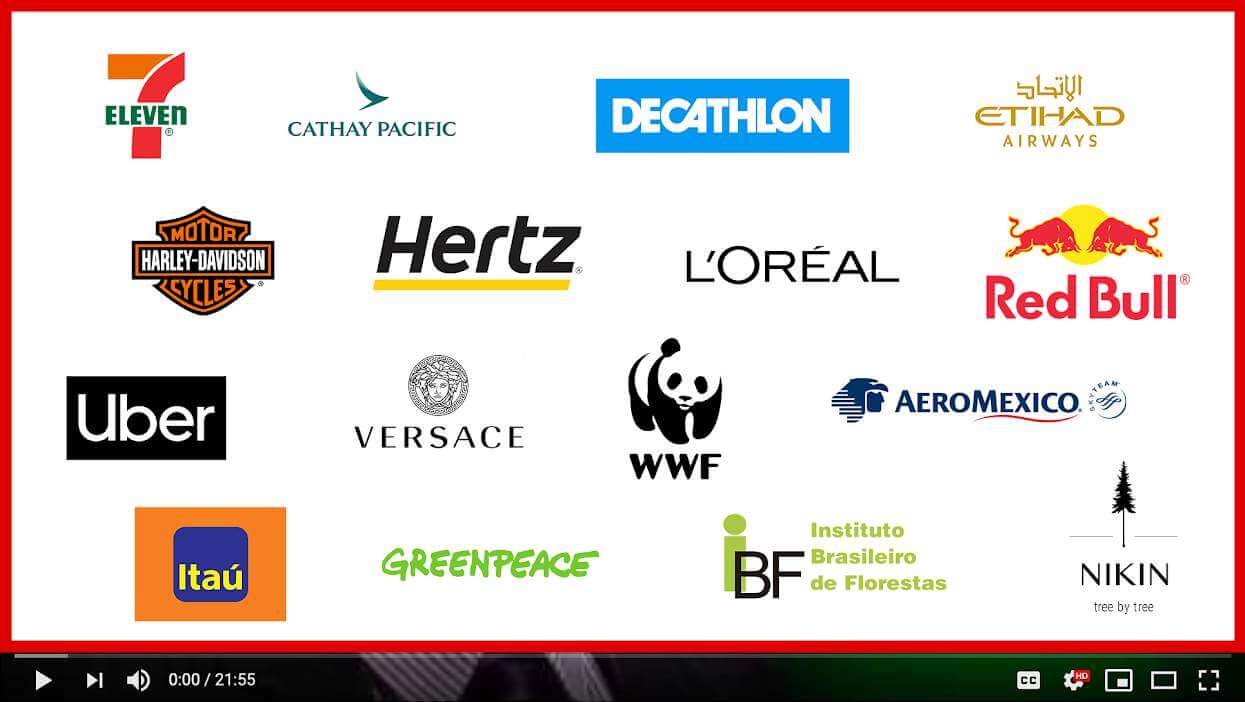
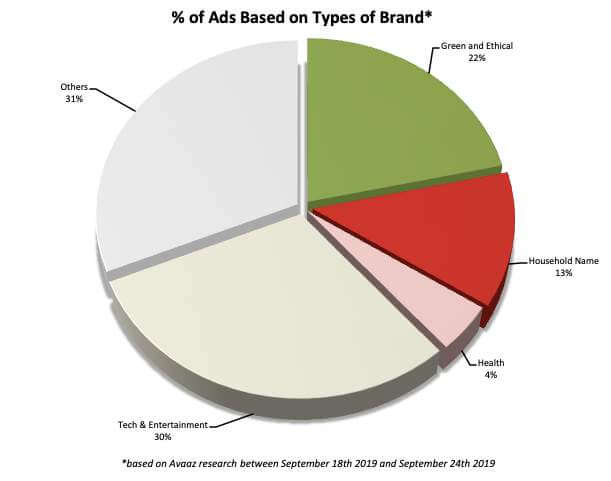

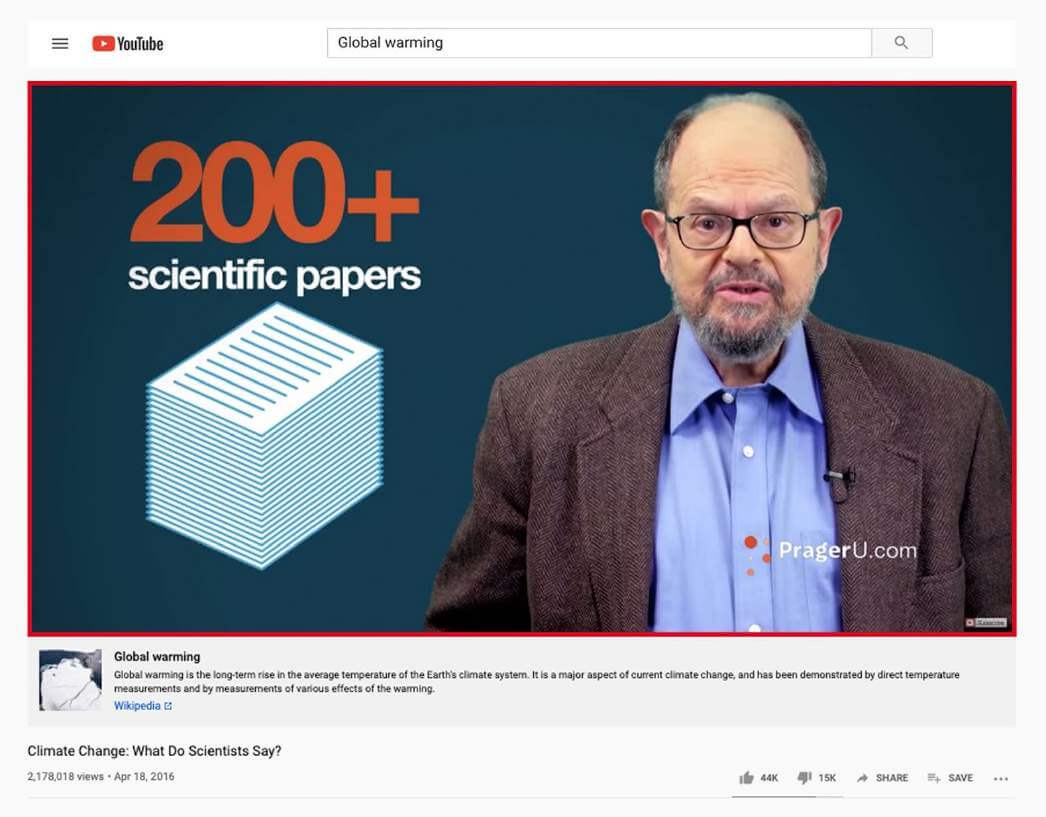
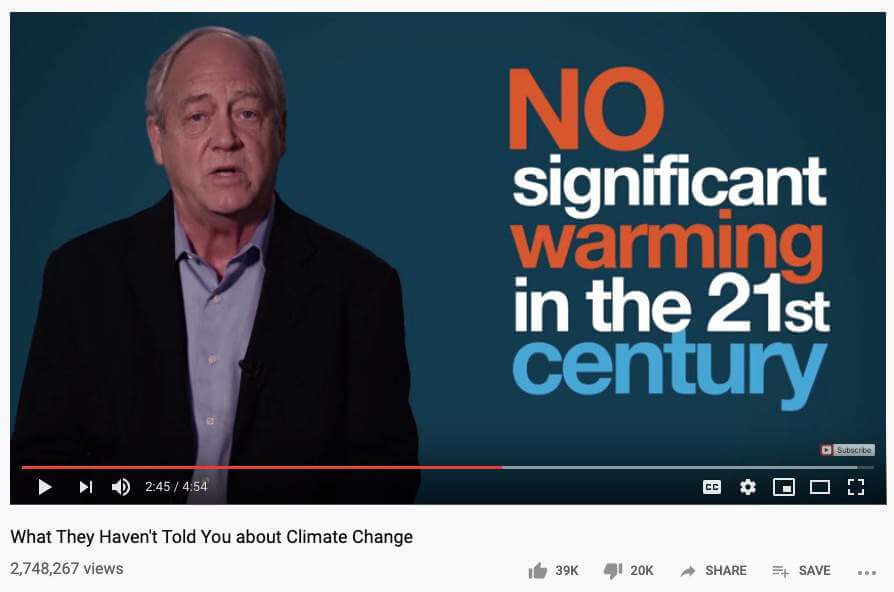
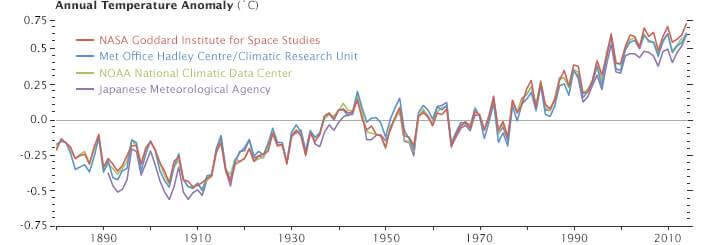

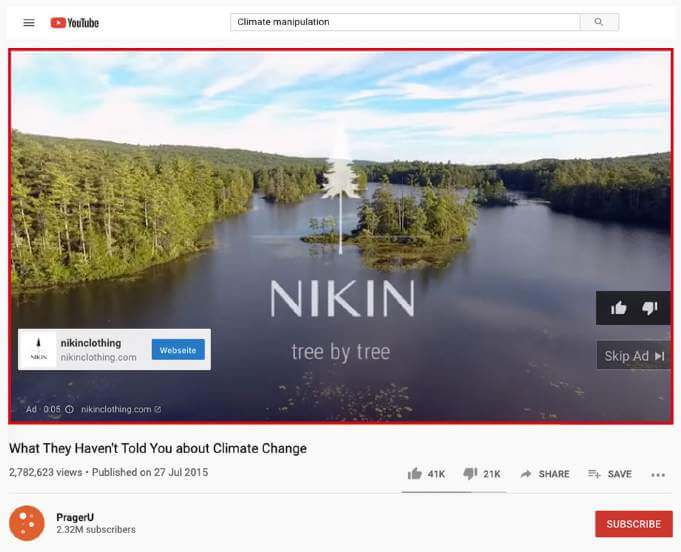

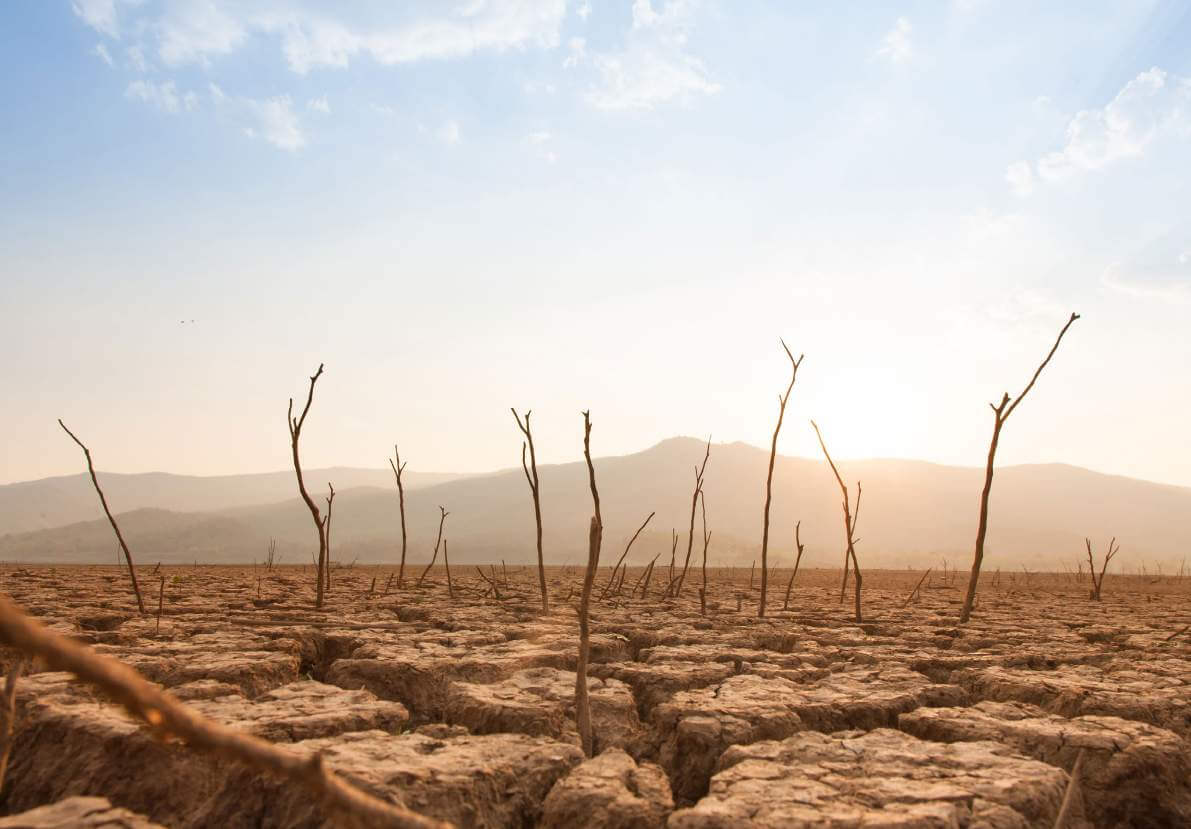
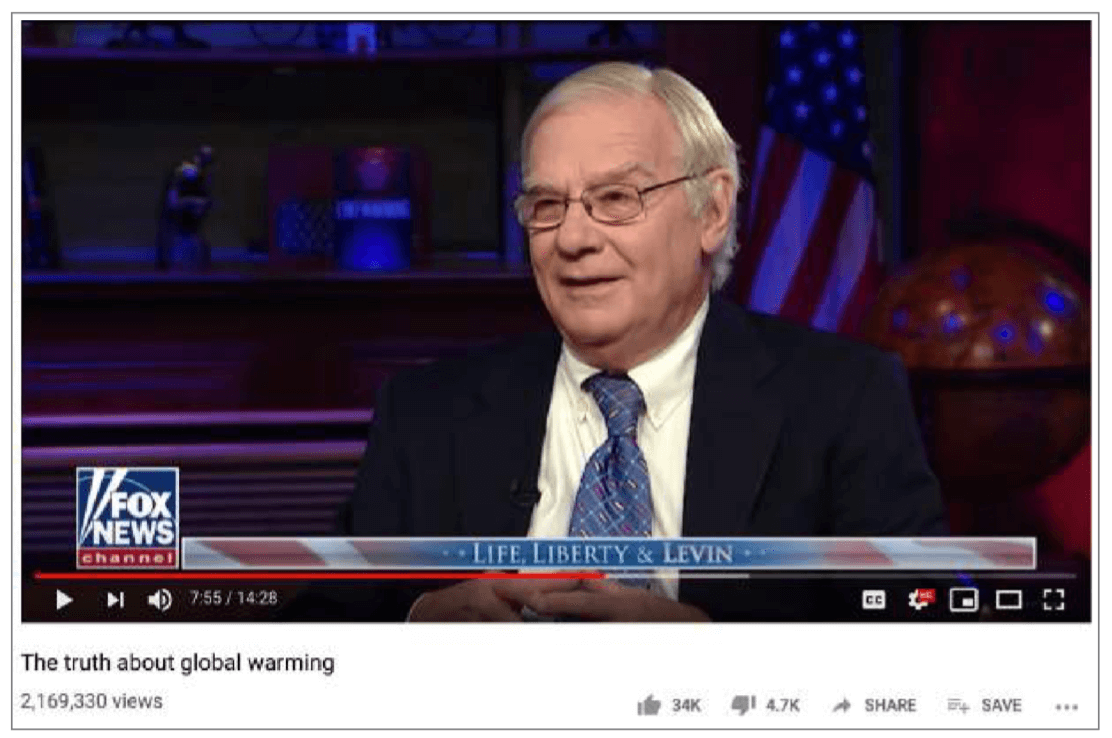
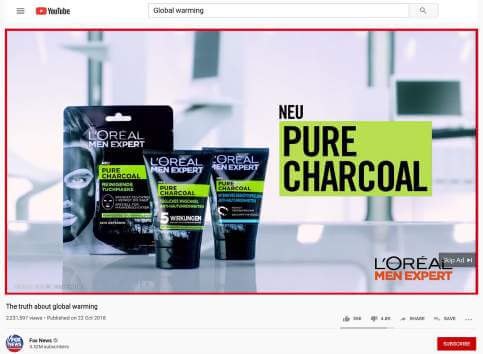
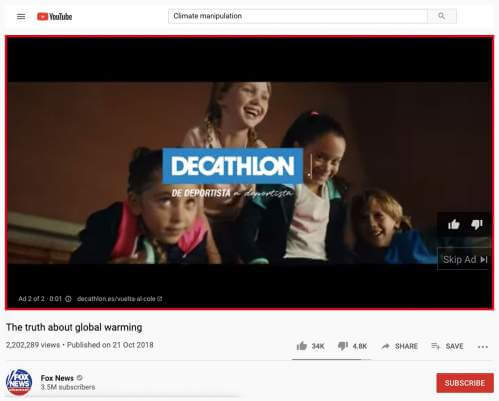


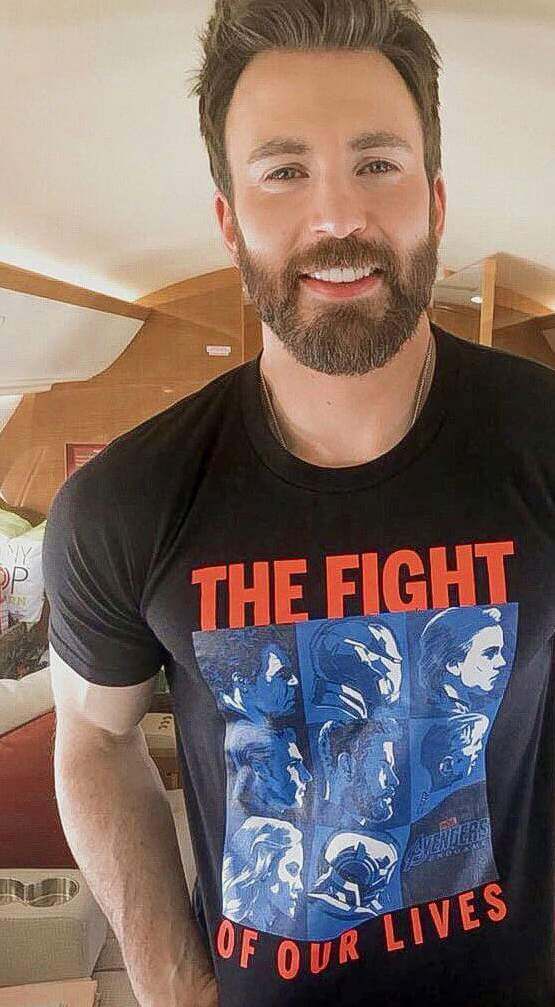

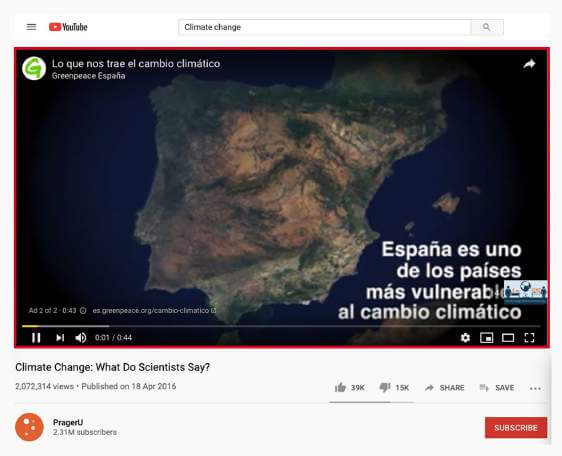

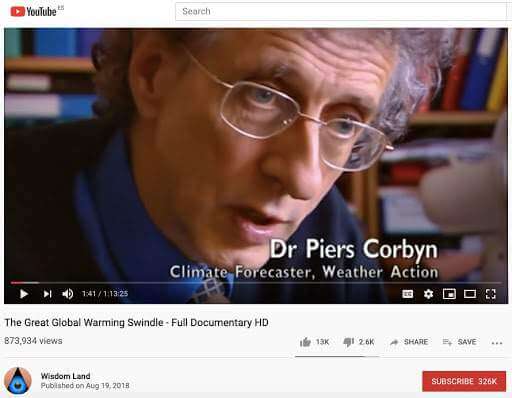
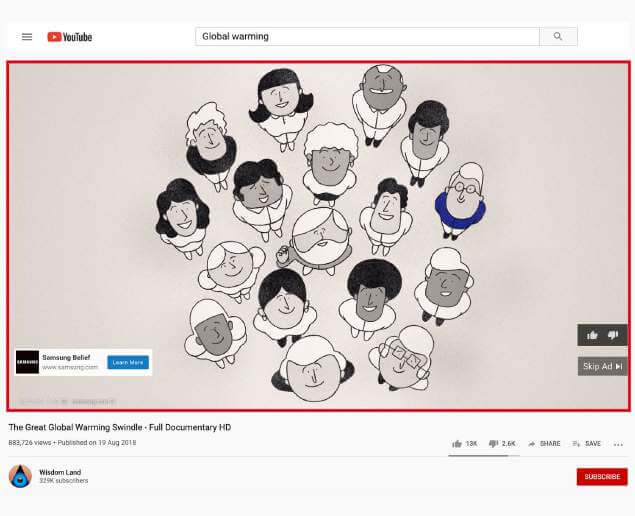
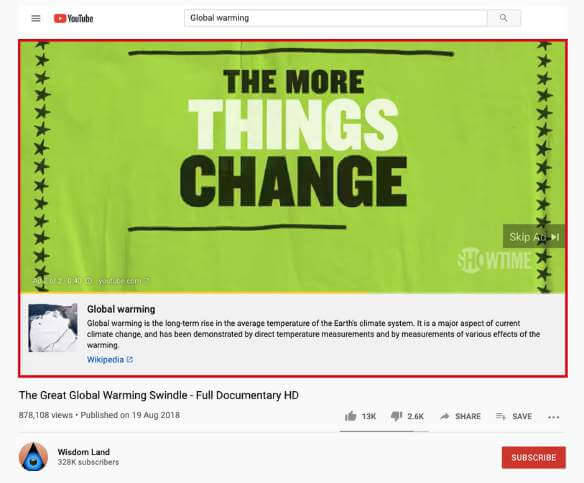
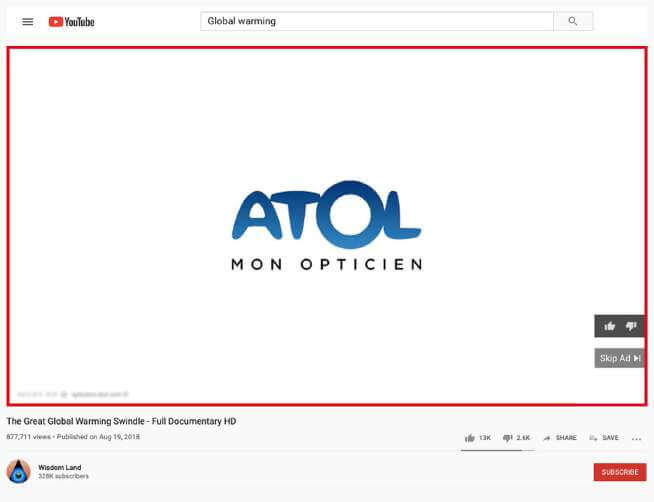

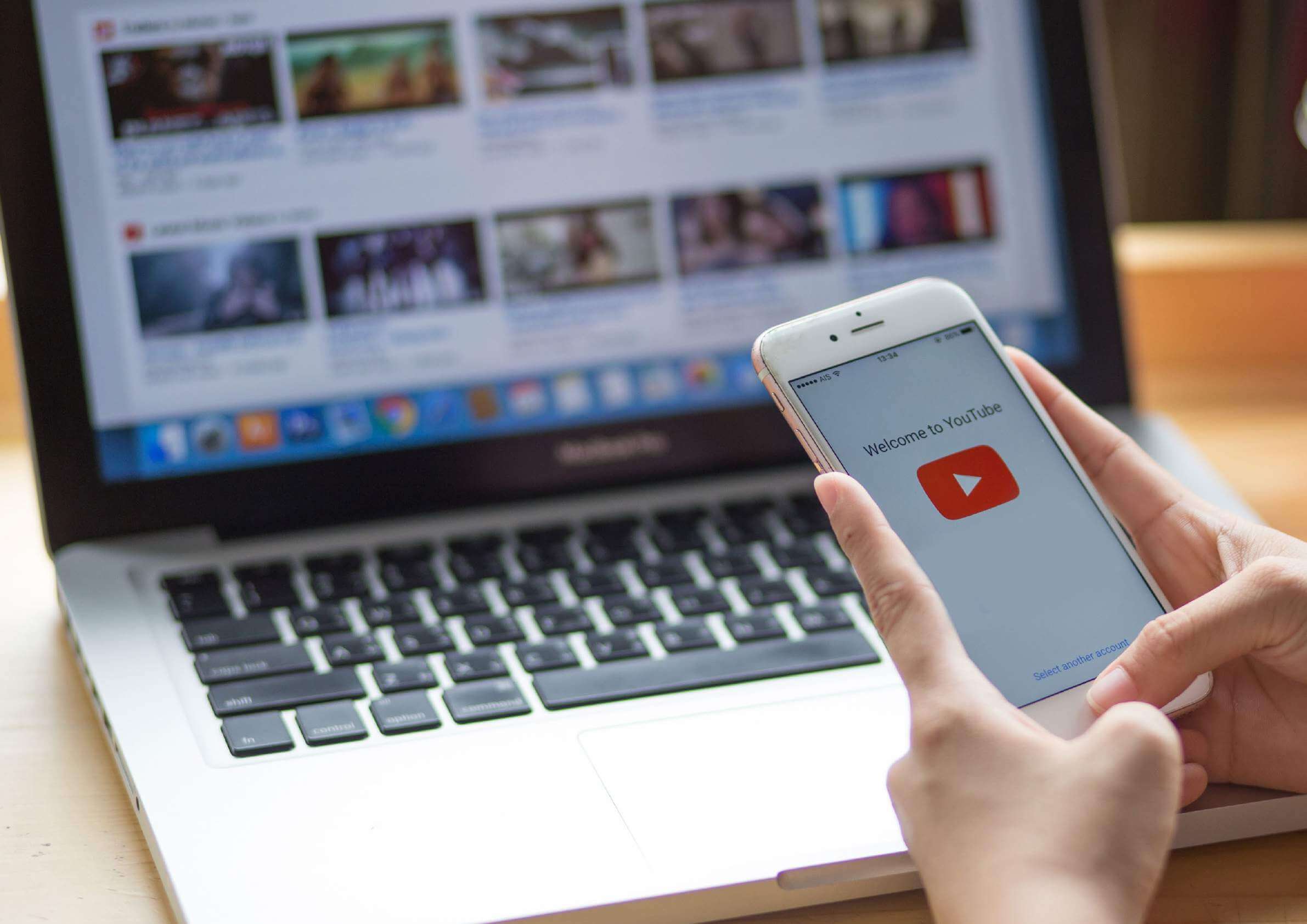
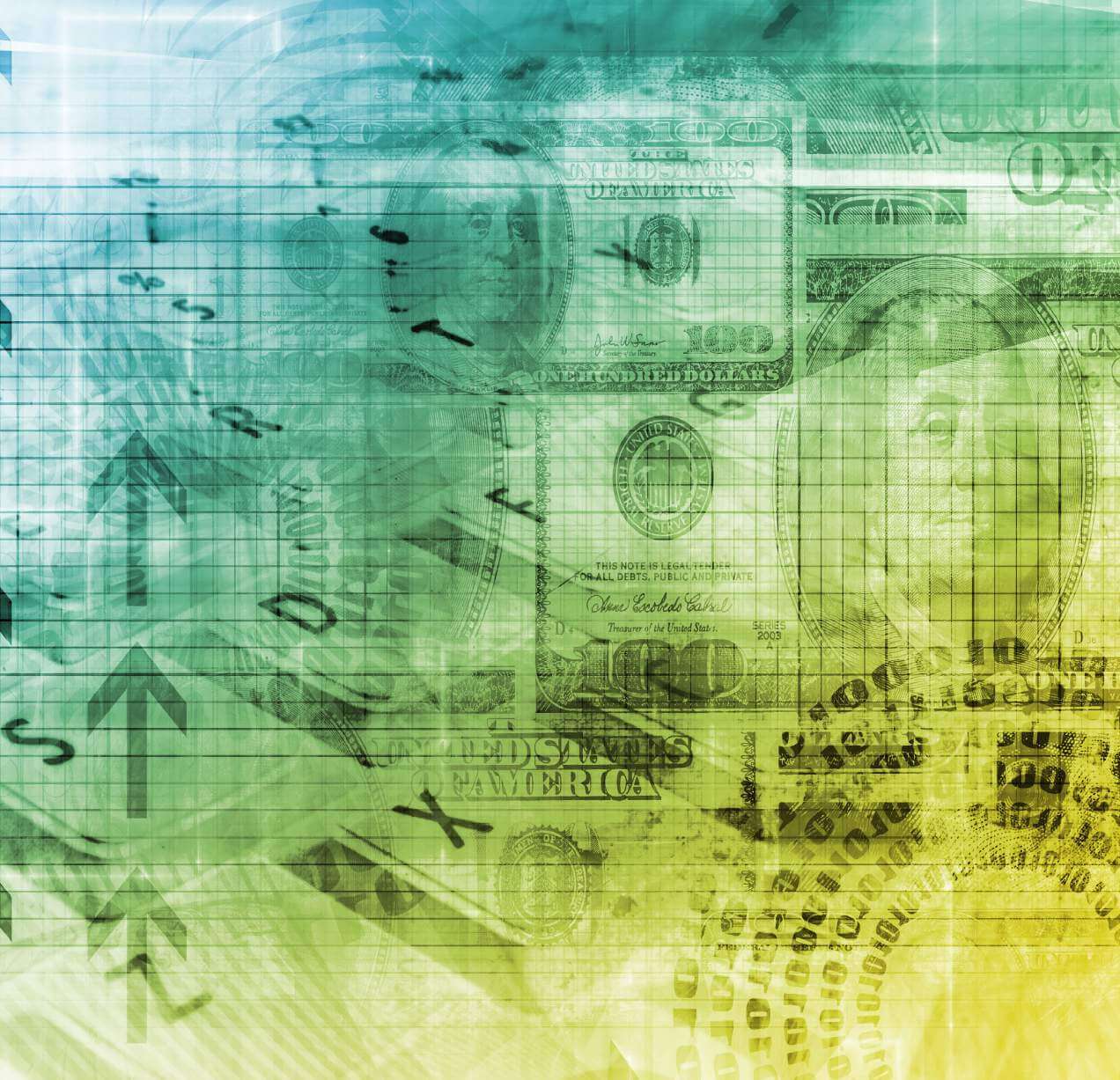
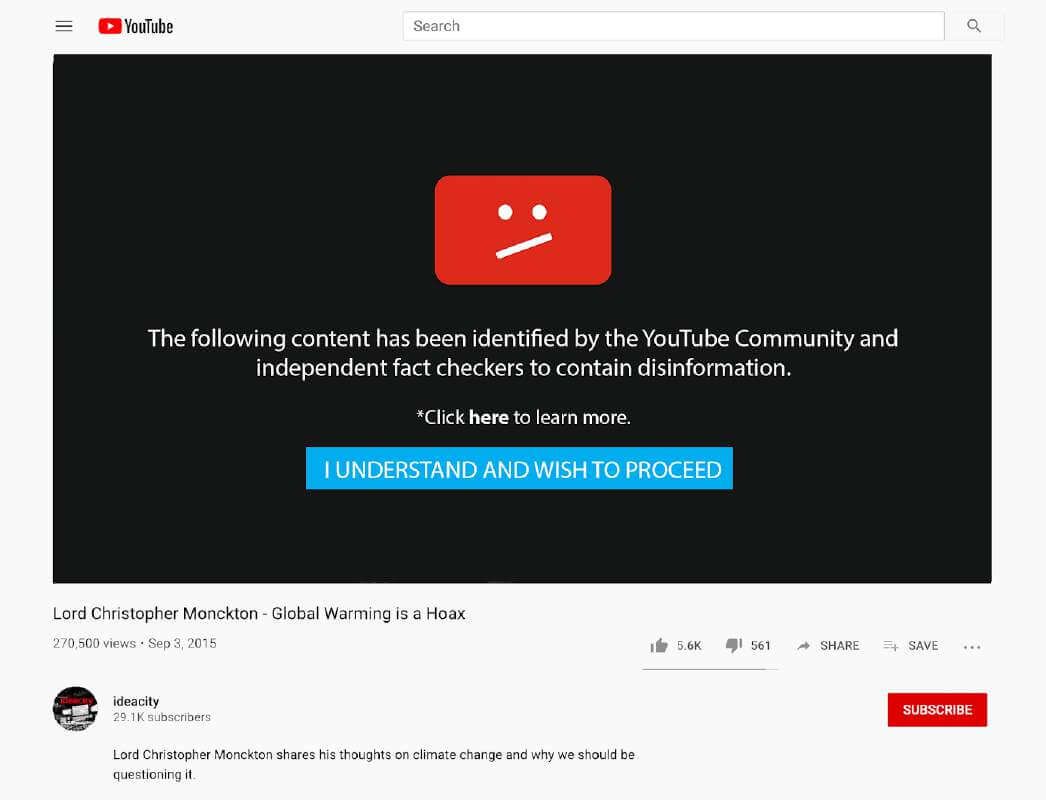
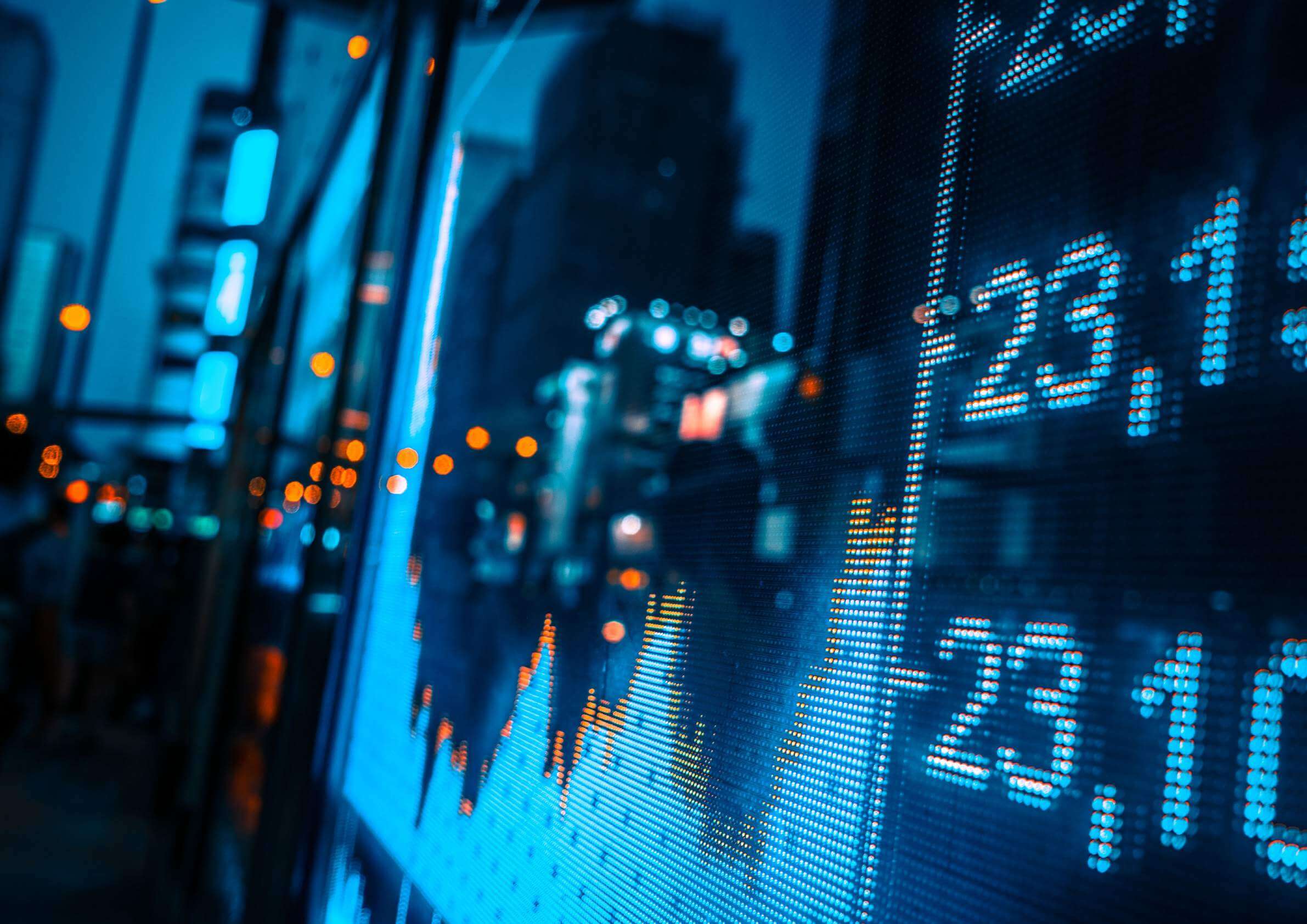
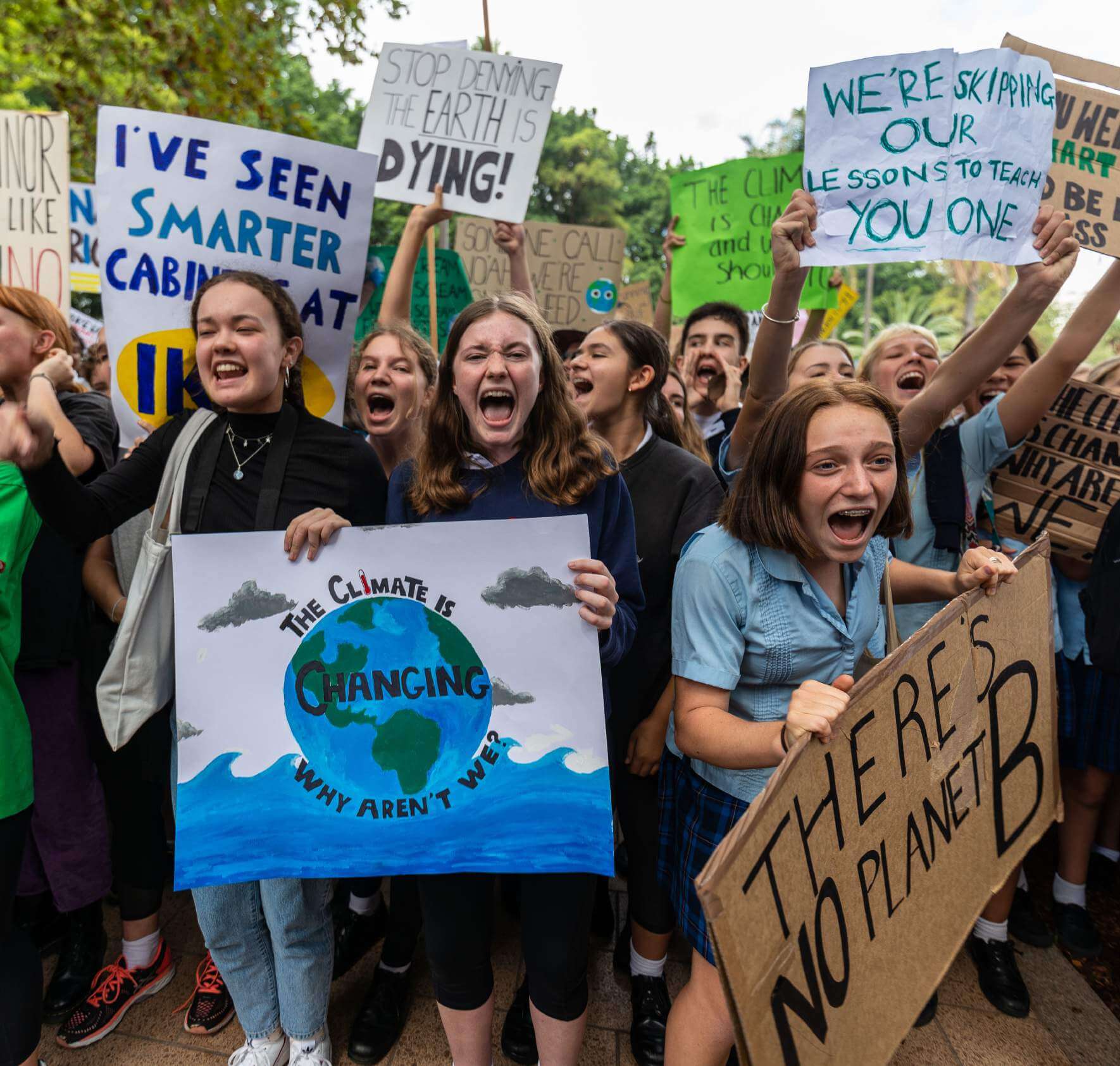



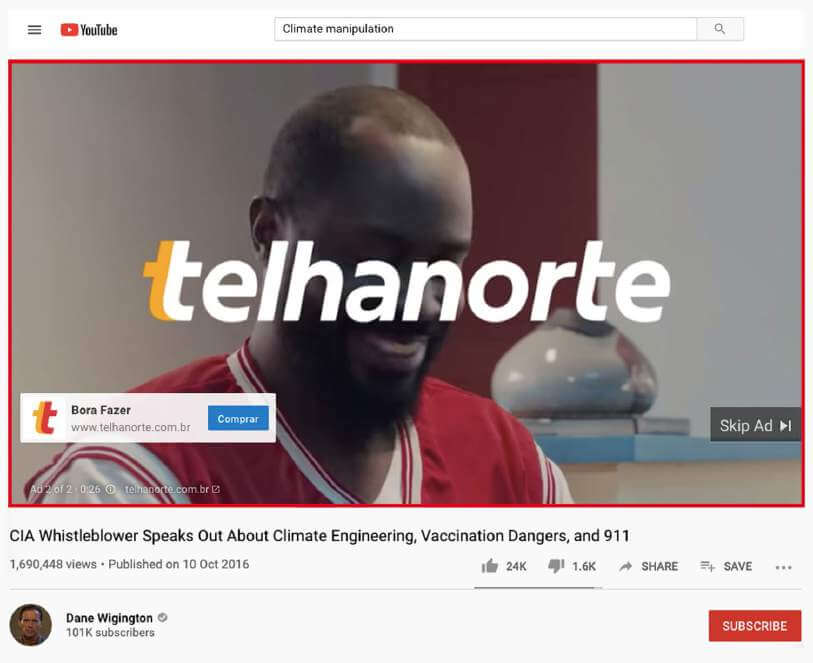

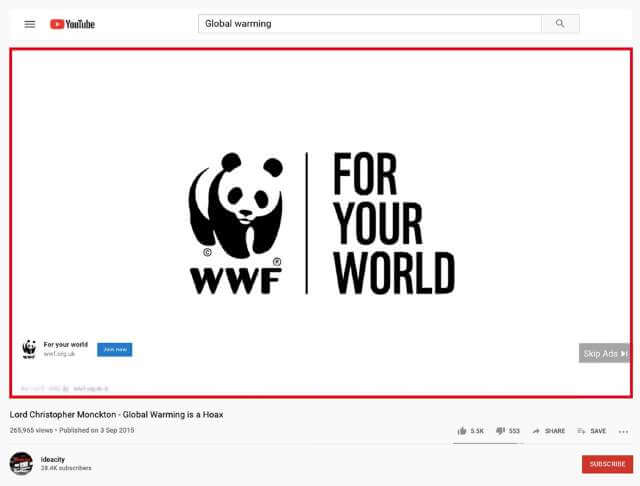
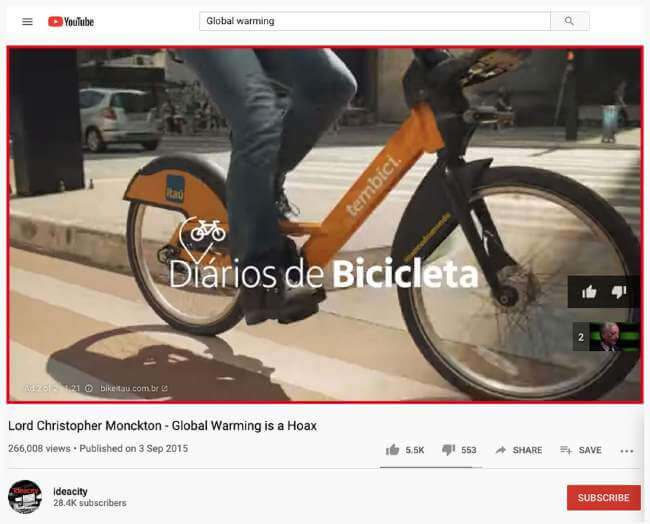

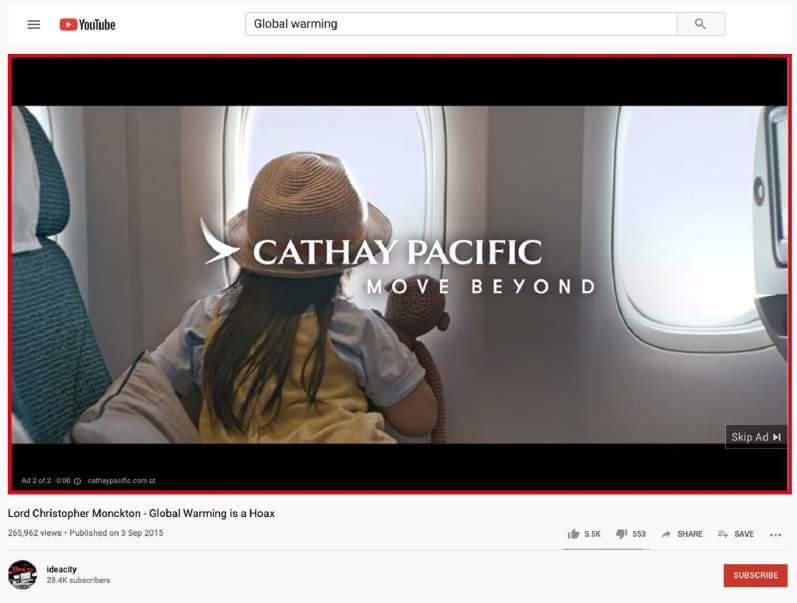
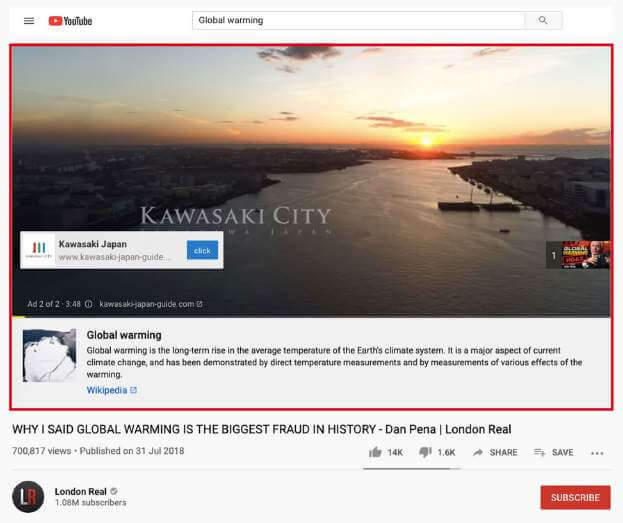
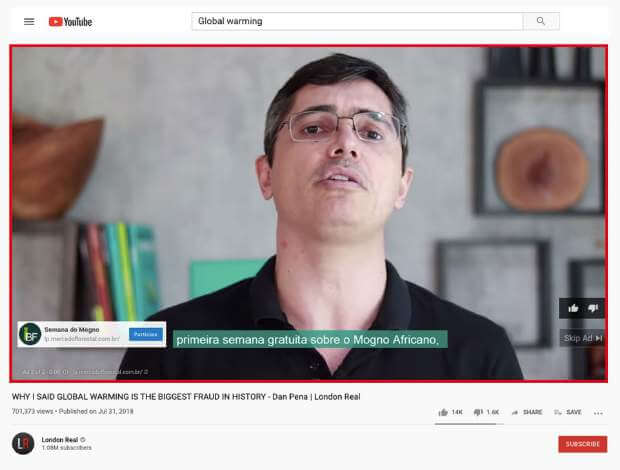
Cuéntaselo a tus amigos